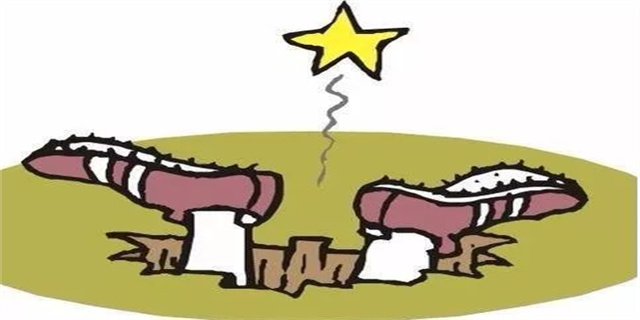Thursday: The Phonetic Symbol for the Fourth Day of the Week
Introduction
Thursday, the fourth day of the week, is often overlooked and seen as a bridge between the busy weekdays and the relaxing weekend. Despite its humble status, Thursday holds its own significance in many cultures and societies around the world. In phonetic transcription, the word \"Thursday\" is represented by a sequence of phonetic symbols that accurately capture its pronunciation. In this article, we will explore the phonetic symbol for Thursday and delve into its origins and use.

The Phonetic Symbol for Thursday: /θɜːrzdeɪ/
Phonetic symbols play a crucial role in linguistics as they allow us to accurately represent the sounds of different languages and words. When it comes to transcribing the word \"Thursday\" phonetically, the International Phonetic Alphabet (IPA) provides us with the necessary tools to do so. In the IPA, the phonetic symbol for the \"th\" sound in \"Thursday\" is represented by the voiceless dental fricative /θ/. This sound is produced by placing the tip of the tongue between the upper and lower front teeth and blowing air through the gap. The \"ur\" sound in \"Thursday\" is represented by the vowel /ɜː/, which is commonly known as the \"nurse\" vowel. The final \"sday\" part is transcribed as /deɪ/, representing a diphthong that combines the sounds of /d/ and /eɪ/. By combining these phonetic symbols, we arrive at the accurate phonetic transcription of \"Thursday\": /θɜːrzdeɪ/.

The Evolution and Cultural Significance
As with many words in the English language, the pronunciation and phonetic representation of \"Thursday\" have evolved over time. The Old English word for Thursday was \"Þunresdæg,\" which originated from the Germanic god of thunder, \"Þunor\" or \"Thor.\" In the Middle English period, the word transformed into \"Thur(e)sday\" and eventually settled into its current spelling and pronunciation. The phonetic symbol for \"Thursday\" has remained relatively consistent throughout these changes, demonstrating the stability of the underlying sounds in the word.
The Use and Application
The phonetic symbol for \"Thursday\" holds valuable importance in various fields such as linguistics, English language teaching, and speech pathology. In linguistics, accurate phonetic transcription allows researchers to study the phonetic patterns and changes in different languages. Students learning English as a second language can benefit from understanding the phonetic symbol for \"Thursday\" as it helps them improve their pronunciation skills. Speech pathologists also utilize the phonetic symbol to diagnose and treat speech disorders in individuals who may struggle with producing specific sounds accurately. Furthermore, the knowledge of the phonetic symbol for \"Thursday\" contributes to the overall understanding and appreciation of the diversity of human language.
Conclusion
Thursday, often considered the unsung hero of the weekdays, carries its own weight in cultural significance. Being able to accurately transcribe and represent the pronunciation of \"Thursday\" using the phonetic symbol /θɜːrzdeɪ/ adds to our understanding and engagement with the English language. Whether it be for academic research, language learning, or speech therapy, the phonetic symbol for \"Thursday\" serves as a valuable tool in capturing the subtle nuances and intricacies of human communication.
Note: The phonetic transcriptions in this article are based on the General American accent. Individual accents and dialects may vary the pronunciation slightly.






